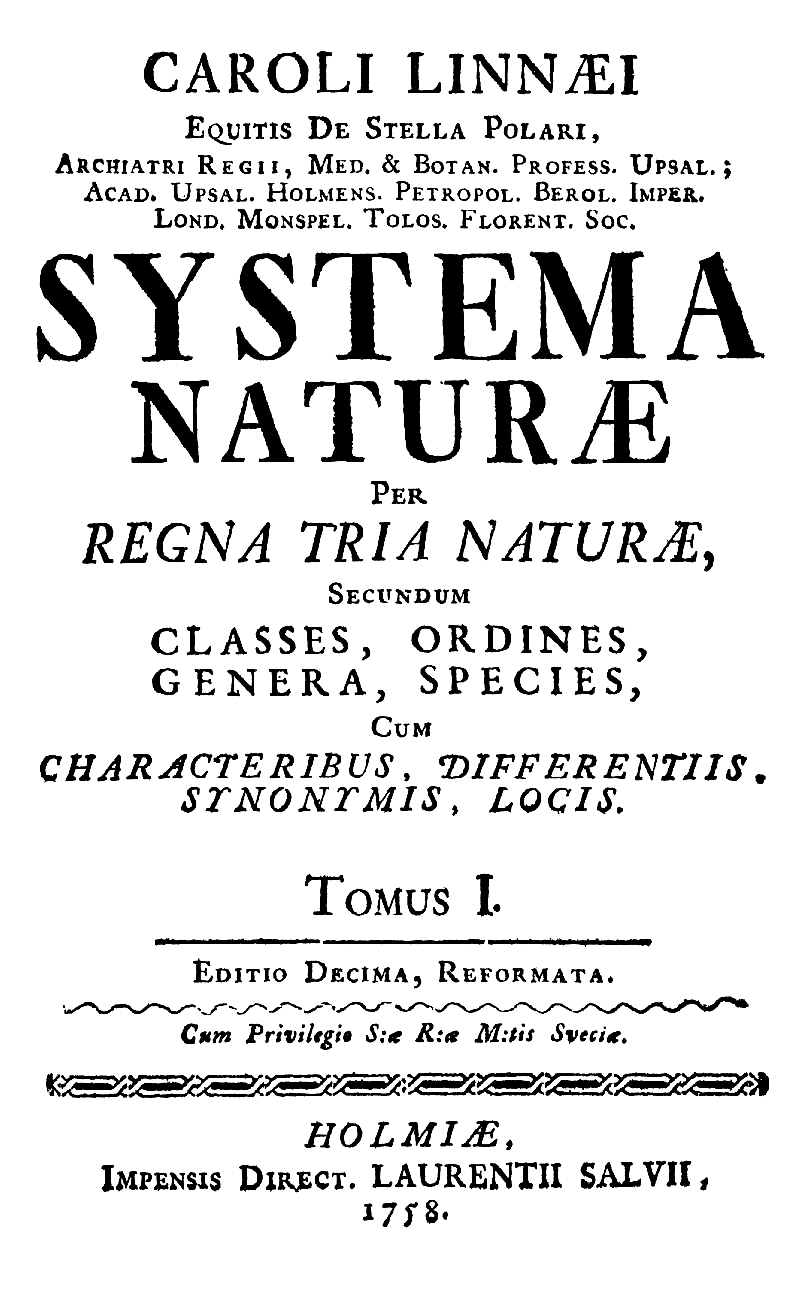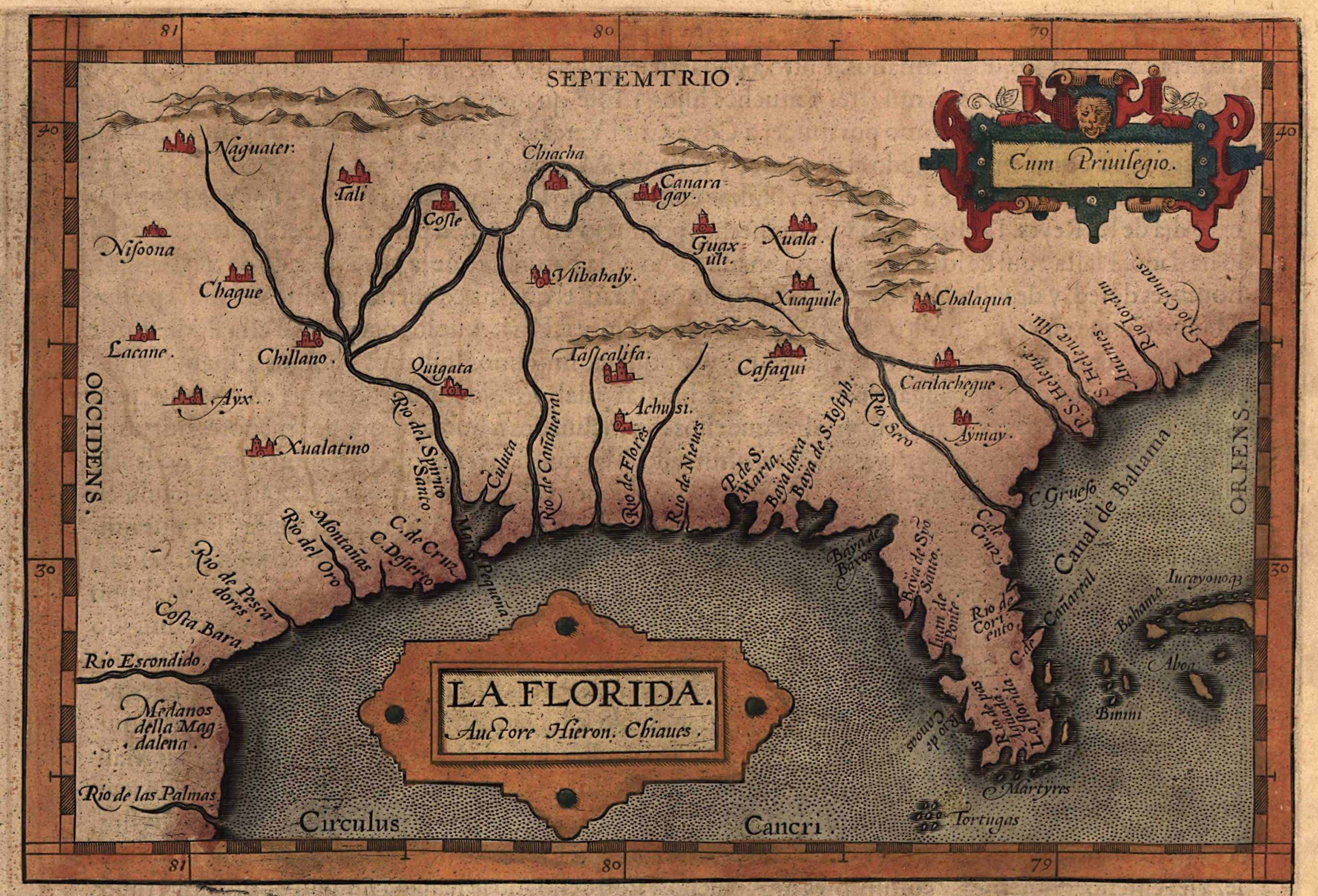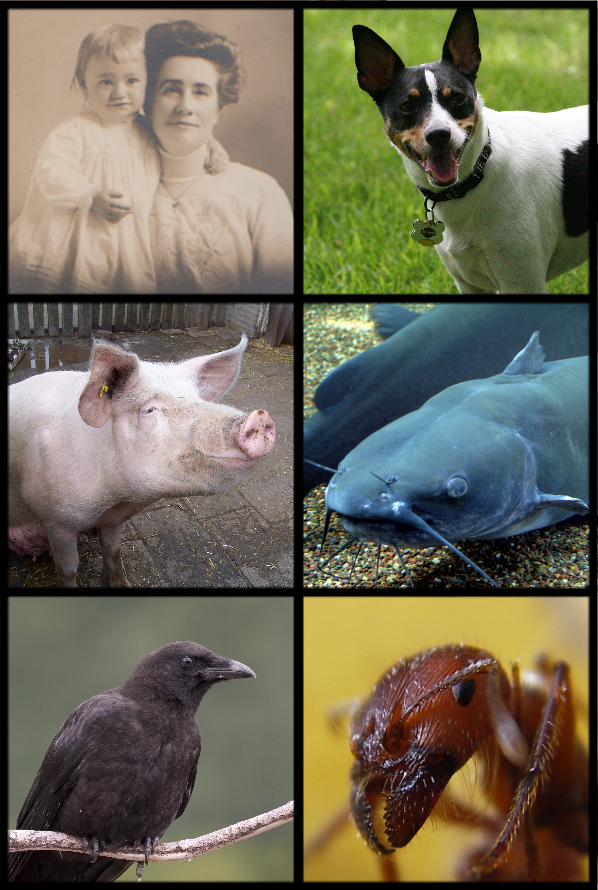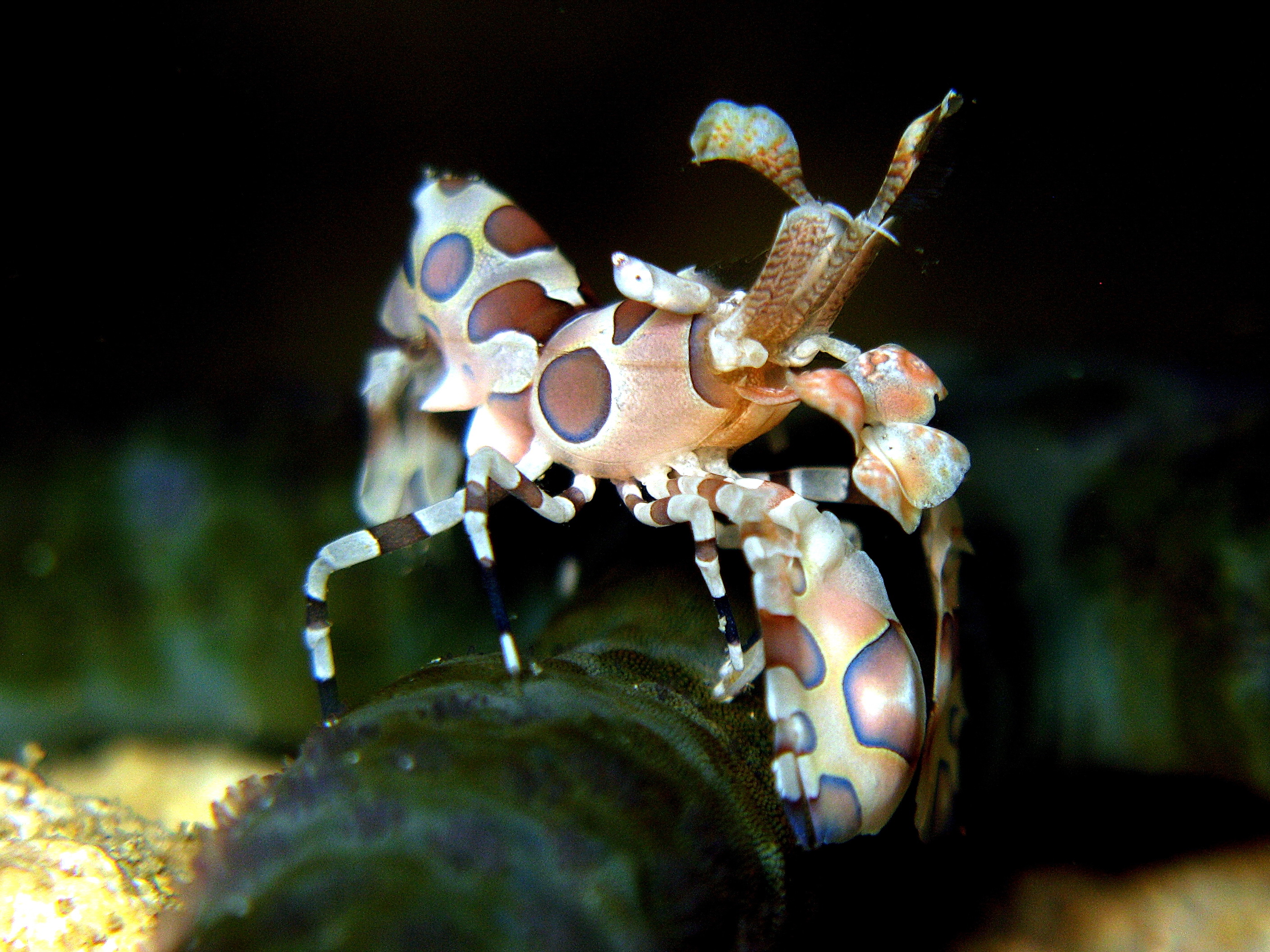|
Macrobrachium Carcinus
''Macrobrachium carcinus'' is a species of fresh water shrimp known as the big claw river shrimp. It is native to streams, rivers and creeks from Florida to southern Brazil. It is the largest known species of Neotropical freshwater prawn, growing up to long and weighing as much as , although even larger specimens have been reported. It is an important species for commercial fishing in the Sao Francisco area, where it is known by the local name of ''pitu''. ''M. carcinus'' is omnivorous, with a diet consisting of molluscs, small fish, algae, leaf litter and insects. ''Macrobrachium carcinus'' has a tan or yellow body with dark brown stripes. Its chelae A chela ()also called a claw, nipper, or pinceris a pincer-like organ at the end of certain limbs of some arthropods. The name comes from Ancient Greek , through New Latin '. The plural form is chelae. Legs bearing a chela are called chelipeds. ... are unusually long and thin, to facilitate foraging for food in small crevices ... [...More Info...] [...Related Items...] OR: [Wikipedia] [Google] [Baidu] |
Carl Linnaeus
Carl Linnaeus (; 23 May 1707 – 10 January 1778), also known after his ennoblement in 1761 as Carl von Linné Blunt (2004), p. 171. (), was a Swedish botanist, zoologist, taxonomist, and physician who formalised binomial nomenclature, the modern system of naming organisms. He is known as the "father of modern taxonomy". Many of his writings were in Latin; his name is rendered in Latin as and, after his 1761 ennoblement, as . Linnaeus was born in Råshult, the countryside of Småland, in southern Sweden. He received most of his higher education at Uppsala University and began giving lectures in botany there in 1730. He lived abroad between 1735 and 1738, where he studied and also published the first edition of his ' in the Netherlands. He then returned to Sweden where he became professor of medicine and botany at Uppsala. In the 1740s, he was sent on several journeys through Sweden to find and classify plants and animals. In the 1750s and 1760s, he continued to coll ... [...More Info...] [...Related Items...] OR: [Wikipedia] [Google] [Baidu] |
10th Edition Of Systema Naturae
The 10th edition of ''Systema Naturae'' is a book written by Swedish naturalist Carl Linnaeus and published in two volumes in 1758 and 1759, which marks the starting point of zoological nomenclature. In it, Linnaeus introduced binomial nomenclature for animals, something he had already done for plants in his 1753 publication of ''Species Plantarum''. Starting point Before 1758, most biological catalogues had used polynomial names for the taxa included, including earlier editions of ''Systema Naturae''. The first work to consistently apply binomial nomenclature across the animal kingdom was the 10th edition of ''Systema Naturae''. The International Commission on Zoological Nomenclature therefore chose 1 January 1758 as the "starting point" for zoological nomenclature, and asserted that the 10th edition of ''Systema Naturae'' was to be treated as if published on that date. Names published before that date are unavailable, even if they would otherwise satisfy the rules. The onl ... [...More Info...] [...Related Items...] OR: [Wikipedia] [Google] [Baidu] |
Fresh Water
Fresh water or freshwater is any naturally occurring liquid or frozen water containing low concentrations of dissolved salts and other total dissolved solids. Although the term specifically excludes seawater and brackish water, it does include non- salty mineral-rich waters such as chalybeate springs. Fresh water may encompass frozen and meltwater in ice sheets, ice caps, glaciers, snowfields and icebergs, natural precipitations such as rainfall, snowfall, hail/ sleet and graupel, and surface runoffs that form inland bodies of water such as wetlands, ponds, lakes, rivers, streams, as well as groundwater contained in aquifers, subterranean rivers and lakes. Fresh water is the water resource that is of the most and immediate use to humans. Water is critical to the survival of all living organisms. Many organisms can thrive on salt water, but the great majority of higher plants and most insects, amphibians, reptiles, mammals and birds need fresh water to surv ... [...More Info...] [...Related Items...] OR: [Wikipedia] [Google] [Baidu] |
Caridea
The Caridea, commonly known as caridean shrimp or true shrimp, are an infraorder of shrimp within the order Decapoda. This infraorder contains all species of true shrimp. They are found widely around the world in both fresh and salt water. Many other animals with similar names – such as the mud shrimp of Axiidea and the boxer shrimp of Stenopodidea – are not true shrimp, but many have evolved features similar to true shrimp. Biology Carideans are found in every kind of aquatic habitat, with the majority of species being marine. Around a quarter of the described species are found in fresh water, however, including almost all the members of the species-rich family Atyidae and the Palaemonidae subfamily Palaemoninae. They include several commercially important species, such as '' Macrobrachium rosenbergii'', and are found on every continent except Antarctica. The marine species are found at depths to , and from the tropics to the polar regions. In addition to the great vari ... [...More Info...] [...Related Items...] OR: [Wikipedia] [Google] [Baidu] |
Florida
Florida is a state located in the Southeastern region of the United States. Florida is bordered to the west by the Gulf of Mexico, to the northwest by Alabama, to the north by Georgia, to the east by the Bahamas and Atlantic Ocean, and to the south by the Straits of Florida and Cuba; it is the only state that borders both the Gulf of Mexico and the Atlantic Ocean. Spanning , Florida ranks 22nd in area among the 50 states, and with a population of over 21 million, it is the third-most populous. The state capital is Tallahassee, and the most populous city is Jacksonville. The Miami metropolitan area, with a population of almost 6.2 million, is the most populous urban area in Florida and the ninth-most populous in the United States; other urban conurbations with over one million people are Tampa Bay, Orlando, and Jacksonville. Various Native American groups have inhabited Florida for at least 14,000 years. In 1513, Spanish explorer Juan Ponce de León became th ... [...More Info...] [...Related Items...] OR: [Wikipedia] [Google] [Baidu] |
Brazil
Brazil ( pt, Brasil; ), officially the Federative Republic of Brazil (Portuguese: ), is the largest country in both South America and Latin America. At and with over 217 million people, Brazil is the world's fifth-largest country by area and the seventh most populous. Its capital is Brasília, and its most populous city is São Paulo. The federation is composed of the union of the 26 states and the Federal District. It is the largest country to have Portuguese as an official language and the only one in the Americas; one of the most multicultural and ethnically diverse nations, due to over a century of mass immigration from around the world; and the most populous Roman Catholic-majority country. Bounded by the Atlantic Ocean on the east, Brazil has a coastline of . It borders all other countries and territories in South America except Ecuador and Chile and covers roughly half of the continent's land area. Its Amazon basin includes a vast tropical forest, ho ... [...More Info...] [...Related Items...] OR: [Wikipedia] [Google] [Baidu] |
Neotropical
The Neotropical realm is one of the eight biogeographic realms constituting Earth's land surface. Physically, it includes the tropical terrestrial ecoregions of the Americas and the entire South American temperate zone. Definition In biogeography, the Neotropic or Neotropical realm is one of the eight terrestrial realms. This realm includes South America, Central America, the Caribbean islands, and southern North America. In Mexico, the Yucatán Peninsula and southern lowlands, and most of the east and west coastlines, including the southern tip of the Baja California Peninsula are Neotropical. In the United States southern Florida and coastal Central Florida are considered Neotropical. The realm also includes temperate southern South America. In contrast, the Neotropical Floristic Kingdom excludes southernmost South America, which instead is placed in the Antarctic kingdom. The Neotropic is delimited by similarities in fauna or flora. Its fauna and flora are di ... [...More Info...] [...Related Items...] OR: [Wikipedia] [Google] [Baidu] |
Sao Francisco River
SAO or Sao may refer to: Places * Sao civilisation, in Middle Africa from 6th century BC to 16th century AD * Sao, a town in Boussé Department, Burkina Faso * Saco Transportation Center (station code SAO), a train station in Saco, Maine, U.S. * SAO, the ICAO airline designator for Sahel Aviation Service, Mali * SAO, the IATA airport code for airports in the São Paulo metropolitan area, Brazil * Serb Autonomous Regions during the breakup of Yugoslavia * São Paulo, the largest city in Brazil Science * Smithsonian Astrophysical Observatory of the Smithsonian Institution in Cambridge, Massachusetts, U.S. ** Smithsonian Astrophysical Observatory Star Catalog, which assigns SAO catalogue entries * Special Astrophysical Observatory of the Russian Academy of Science (SAO RAS) Entertainment * ''Sword Art Online'', a Japanese light novel series ** ''Sword Art Online'' (2012 TV series), an anime adaptation of the light novels * Sao Sao Sao, a Thai pop music trio Other uses ... [...More Info...] [...Related Items...] OR: [Wikipedia] [Google] [Baidu] |
Omnivorous
An omnivore () is an animal that has the ability to eat and survive on both plant and animal matter. Obtaining energy and nutrients from plant and animal matter, omnivores digest carbohydrates, protein, fat, and fiber, and metabolize the nutrients and energy of the sources absorbed. Often, they have the ability to incorporate food sources such as algae, fungi, and bacteria into their diet. Omnivores come from diverse backgrounds that often independently evolved sophisticated consumption capabilities. For instance, dogs evolved from primarily carnivorous organisms ( Carnivora) while pigs evolved from primarily herbivorous organisms ( Artiodactyla). Despite this, physical characteristics such as tooth morphology may be reliable indicators of diet in mammals, with such morphological adaptation having been observed in bears. The variety of different animals that are classified as omnivores can be placed into further sub-categories depending on their feeding behaviors. Frugivor ... [...More Info...] [...Related Items...] OR: [Wikipedia] [Google] [Baidu] |
Chela (organ)
A chela ()also called a claw, nipper, or pinceris a pincer-like organ at the end of certain limbs of some arthropods. The name comes from Ancient Greek , through New Latin New Latin (also called Neo-Latin or Modern Latin) is the revival of Literary Latin used in original, scholarly, and scientific works since about 1500. Modern scholarly and technical nomenclature, such as in zoological and botanical taxonomy ... '. The plural form is chelae. Legs bearing a chela are called chelipeds. Another name is ''claw'' because most chelae are curved and have a sharp point like a claw. Chelae can be present at the tips of arthropod legs as well as their pedipalps. Chelae are distinct from spider chelicerae in that they do not contain venomous glands and cannot distribute venom. See also * Pincer (biology) * Pincer (tool) References Arthropod anatomy {{Arthropod-anatomy-stub ... [...More Info...] [...Related Items...] OR: [Wikipedia] [Google] [Baidu] |
Palaemonidae
Palaemonidae is a family of shrimp in the order Decapoda. Many species are carnivores that eat small invertebrates, and can be found in any aquatic habitat except the deep sea. One significant genus is '' Macrobrachium'', which contains commercially fished species. Others inhabit coral reefs, where they associate with certain invertebrates, such as sponges, cnidarians, mollusks, and echinoderms, as cleaner shrimps, parasites, or commensals. They generally feed on detritus, though some are carnivores and hunt tiny animals. The family contains more than 1200 species in 160 genera. The genera were formerly split into two subfamilies, but in 2015, molecular and morphological research determined that the subfamily groupings were invalid. At the same time, the members of the families Gnathophyllidae and Hymenoceridae were incorporated into the Palaemonidae. Genera The following genera are recognised: *'' Actinimenes'' *''Alburnia'' *''Allopontonia'' *'' Altopontonia'' *'' ... [...More Info...] [...Related Items...] OR: [Wikipedia] [Google] [Baidu] |
Crustaceans Described In 1758
Crustaceans (Crustacea, ) form a large, diverse arthropod taxon which includes such animals as decapods, seed shrimp, branchiopods, fish lice, krill, remipedes, isopods, barnacles, copepods, amphipods and mantis shrimp. The crustacean group can be treated as a subphylum under the clade Mandibulata. It is now well accepted that the hexapods emerged deep in the Crustacean group, with the completed group referred to as Pancrustacea. Some crustaceans ( Remipedia, Cephalocarida, Branchiopoda) are more closely related to insects and the other hexapods than they are to certain other crustaceans. The 67,000 described species range in size from '' Stygotantulus stocki'' at , to the Japanese spider crab with a leg span of up to and a mass of . Like other arthropods, crustaceans have an exoskeleton, which they moult to grow. They are distinguished from other groups of arthropods, such as insects, myriapods and chelicerates, by the possession of biramous (two-parted) l ... [...More Info...] [...Related Items...] OR: [Wikipedia] [Google] [Baidu] |







